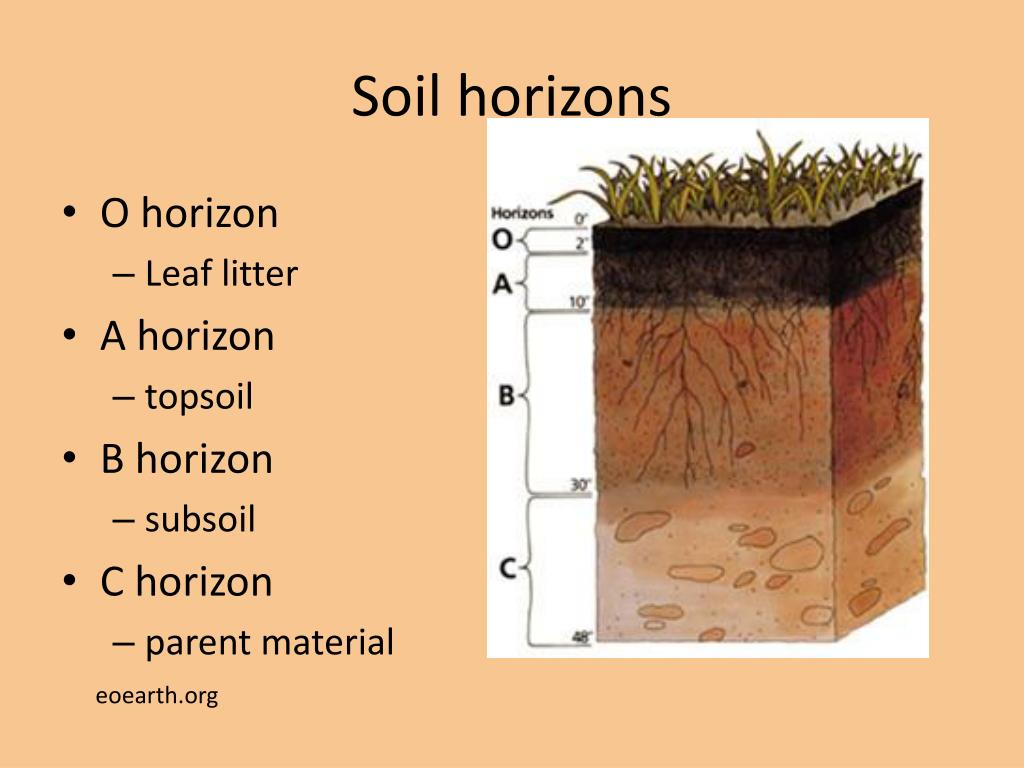

Can you identify the horizons? There are some clues in the photo that can help you identify the climate type. In this paper, we studied the soils of recreational areas of Volgograd within three research areas. This work is licensed under a Creative Commons Attribution-NonCommercial 4.\)īeneath an asphalt road is this incredible soil profile.Citation: Canadian Society of Soil Science.Humic material decomposed organic materials with no original structures evident Partially decomposed leaf and twig material (folic material) Organic materials that occur from the accumulation of leaves, twigs and woody materials and which overlies a mineral soil commonly found in well to imperfectly drained forest environments. Organic material which is highly decomposed (in a humic state) the origin of the material is unrecognizable

Organic materials in an intermediate (or mesic) stage of decomposition some have a recognizable form, but the remainder is highly decomposed These materials are usually water saturated.Ĭomposed of fibrous materials of readily recognizable origin The arrangement of these horizons in a soil is known as a soil profile. Background If you look in a soil pit or on a roadside cut, you will see various layers in the soil. Master HorizonĪn organic horizon developed mainly from bog vegetation it is more commonly called peat. Resources A Soil Profile Create a card showing soil horizons. Table 2: Basic description of organic soil horizons as classified in the Canadian System of Soil Classification. Presence of original Ca and Mg carbonates Horizon with little evidence of pedogenic activity Slight colour or structural changes from the parent material Mottling and gleying due to water saturation Strong soil structure and sodium accumulation Vertic horizon caused by turbation (mixing) of material in high clay soils Presence of slickensides (smooth clay coating caused by stress in high clay soils) Horizon formed by accumulation of material removed from Ae horizon or by alteration of the parent material

Mineral horizon formed at or near the soil surfaceĪccumulation of soil organic matter (SOM) Table 1: Basic description of mineral soil horizons in the Canadian System of Soil Classification (Agriculture Canada Expert System on Soil Survey, 1987). The assignment of mineral soil layers to each horizon is done by comparing the properties of the horizons in the field to a list of distinctive characteristics, called diagnostic properties. The major symbols used in describing mineral soil layers in Canada are shown in the following tables. Organic horizons are those that contain 17% or more organic carbon mineral horizons have less than 17% organic carbon. The horizon description system begins by splitting soil horizons into two distinct groups: organic and mineral horizons. These layers are assigned distinctive alphabetic symbols as a form of shorthand for their characteristics. The action and interaction of soil-forming processes as influenced by soil-forming factors gives rise to distinct soil horizons.


 0 kommentar(er)
0 kommentar(er)
